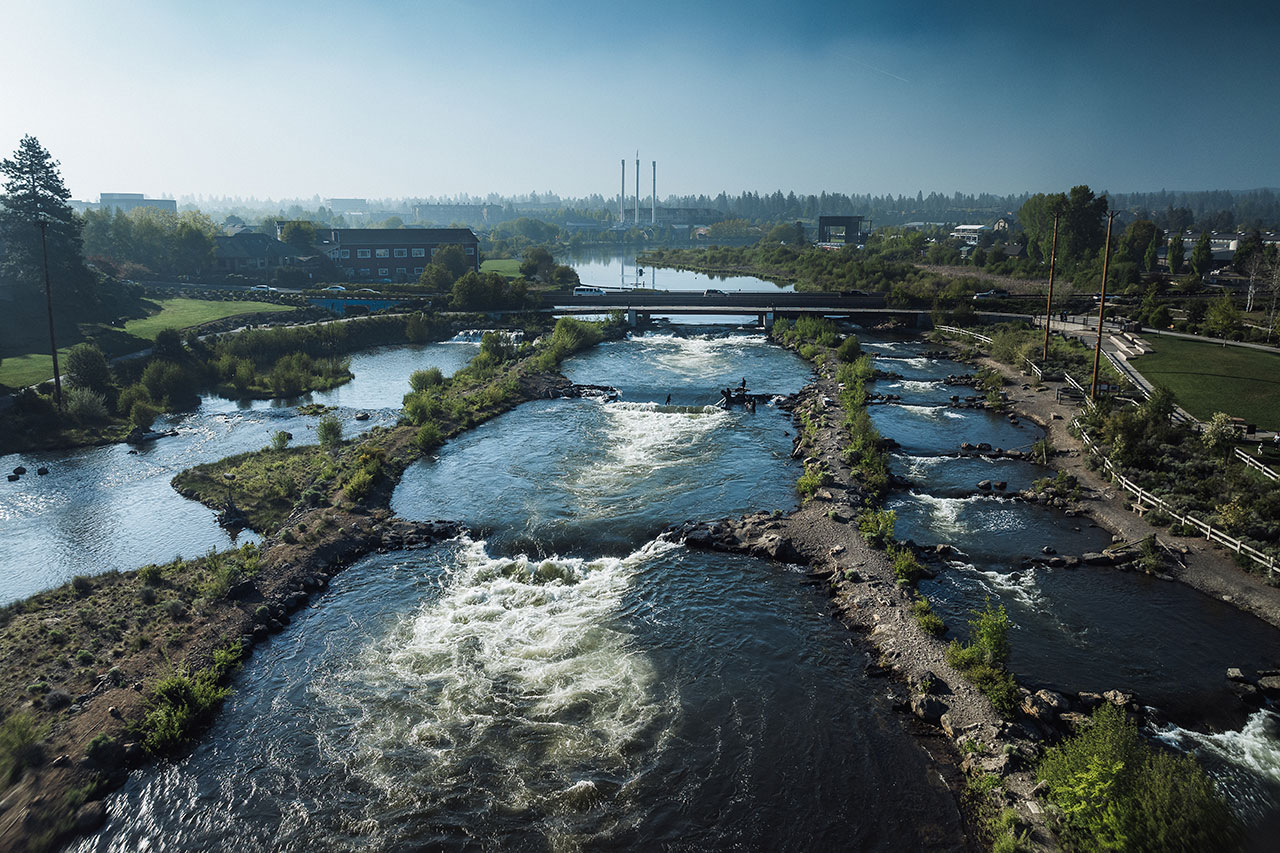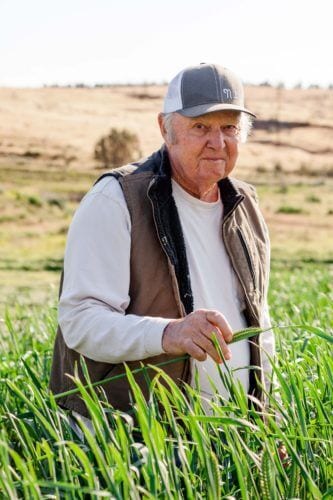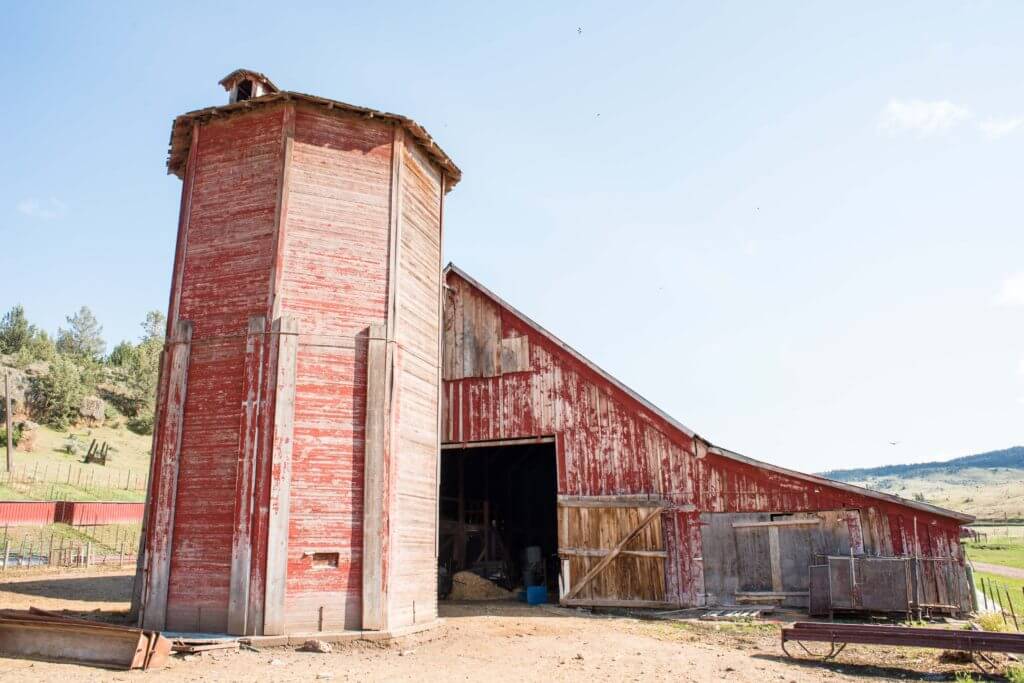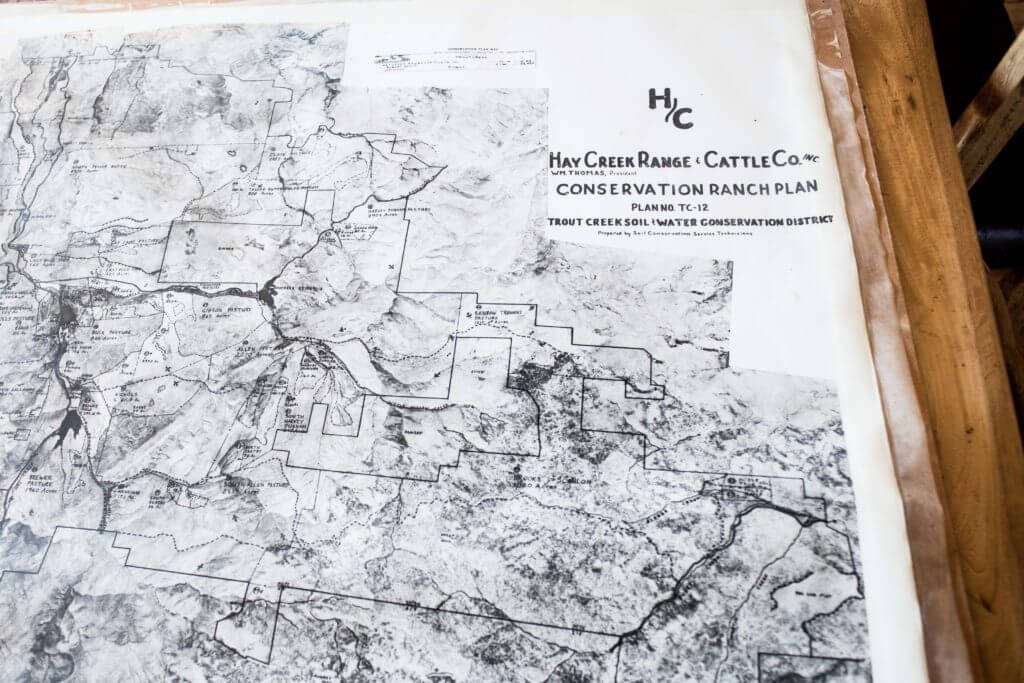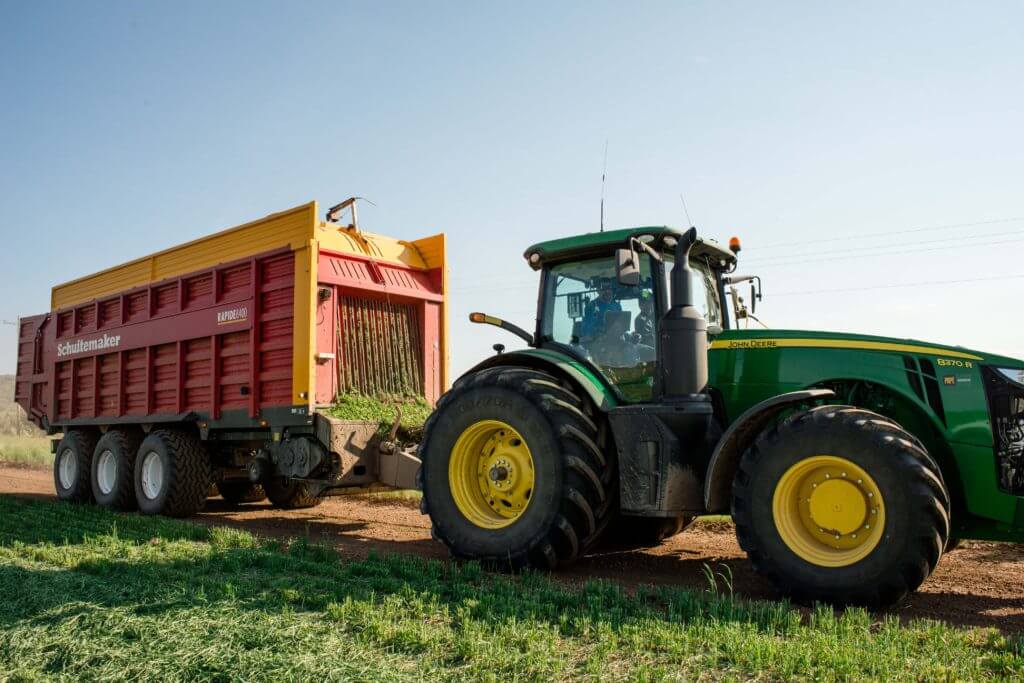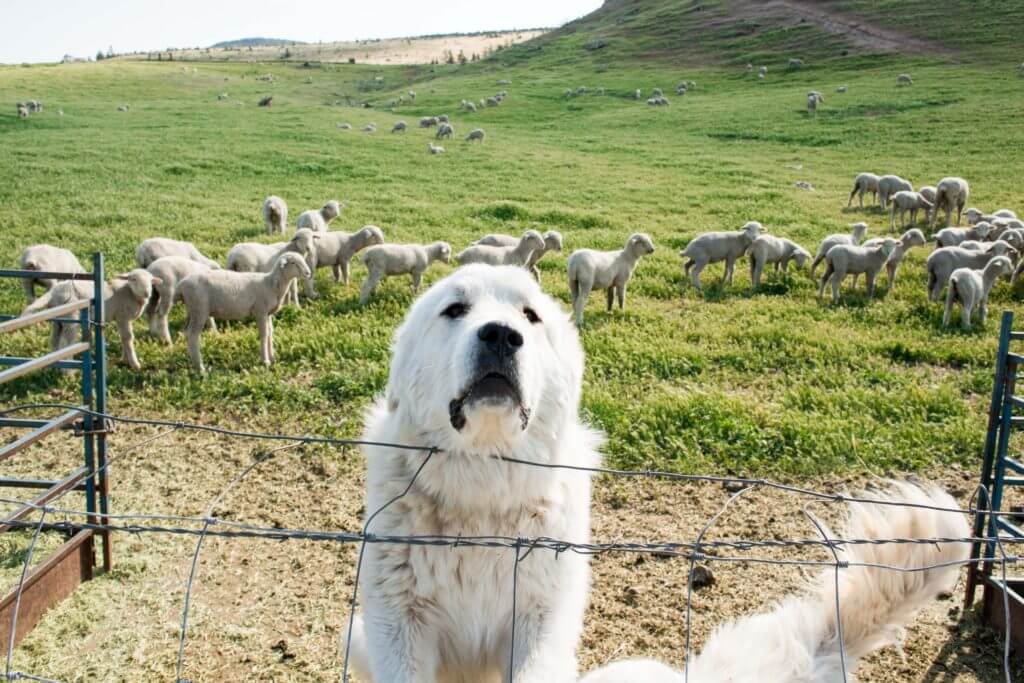A Community Connected by Surf
An hour remains before sunrise. The city sleeps, but it’s time for “The Mayor” to get to work. Pulling on a wetsuit, booties and gloves, all still damp from an evening session the night before, Lled Smith heads to the Deschutes River as he does every morning. He has totaled more than 1,000 surf sessions and tracks water flow on his website Greenwave Surf Report. When the water is high enough, he’ll ride the ever-in-motion Green Wave, named for the color of a glassy face on the eternally unbroken crest of river water. Smith won’t be solo for long. With the sun comes the half-dozen before-work, early risers.
They give way to a mid-morning crew, then the brunch club before lunch-breakers arrive. The groms come in a steady stream. From pre-dawn until after dark, there’s constant motion at the lineup. You’re never alone at the Green Wave, and for the community of surfers that exists there, they say that’s a good thing.
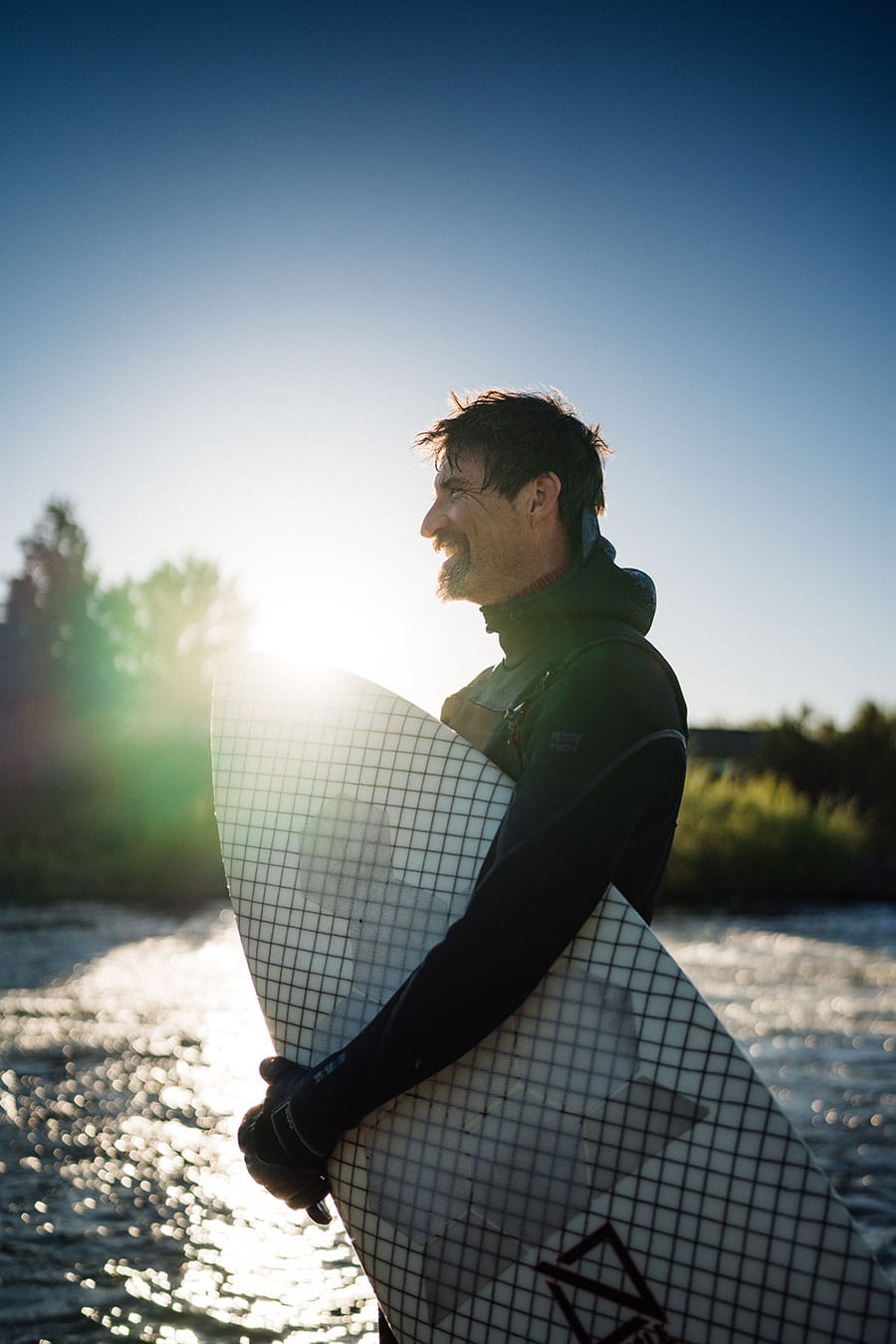
All Are Welcome
“There’s a term in Hawaiian, e komo mai meaning ‘all are welcome,’” said Dave Chun, surfboard shaper and owner of Bend Surf. “Here at our wave it’s, ‘Take your turn, be nice, be kind, surf with aloha‘… that’s the Bend way.”
Smith has been there since the early days. “At first it was a ‘Bro Pit,’ a few guys that had been surfing the ditch [canal] before,” Smith said. While a few came with experience surfing a river wave, most did not and that was just as well: Surfing a standing wave is unlike surfing an ocean wave, so years on a point break don’t translate directly, which creates a camaraderie of learning together.
“It’s easier for me to hold someone’s hand,” Smith said, “than to watch them flop.” There’s a democracy in the line up, too, as everyone tests their patience waiting for their 60 seconds to ride, and inevitably does a lot of swimming when they float downriver after a wipeout. A kind of clockwork and social structure exists, one grounded in equanimity.
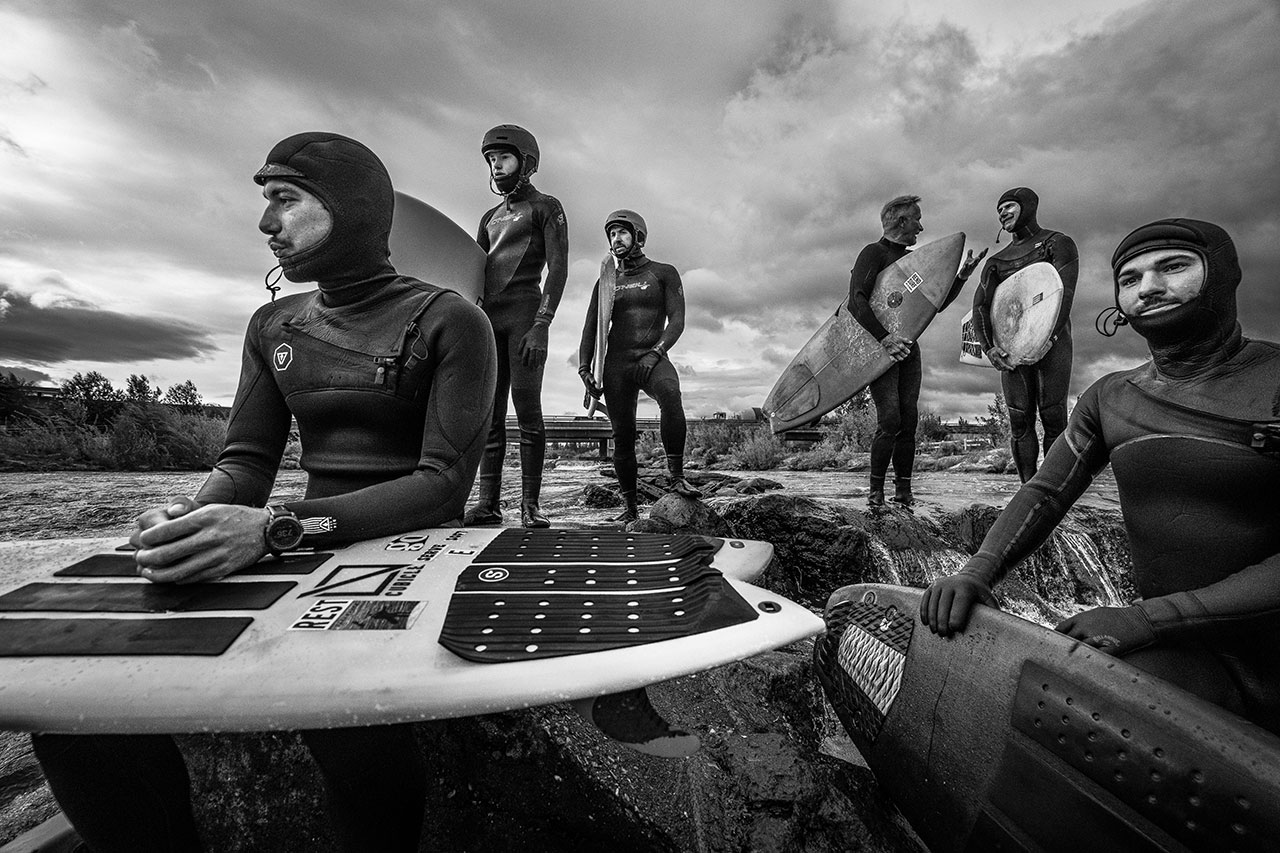
A welcoming vibe may be attributed in part to availability. The river flows 365 days a year, and when the flow is up, so is the wave. “The water keeps flowing, and the wave keeps coming,” said Austin Fernand, age 22 (first image on this post and shown above) and a two-time member of the U.S. River Surfing Team. He has surfed on rivers all over the world and said the consistency at Bend’s wave is part of what makes it unique. Compare that availability to the ocean, where scarcity creates anxiety, said Chun. There’s also no hierarchy in the lineup; a surfer’s position or the number of years a person has surfed at a local break don’t matter here. “Even if you got flushed down the river, you know your spot and just get back in line,” noted Smith. At the Green Wave, locals are friendly and check their egos before stepping onto an island where the line to take turns recognizes civility and order.
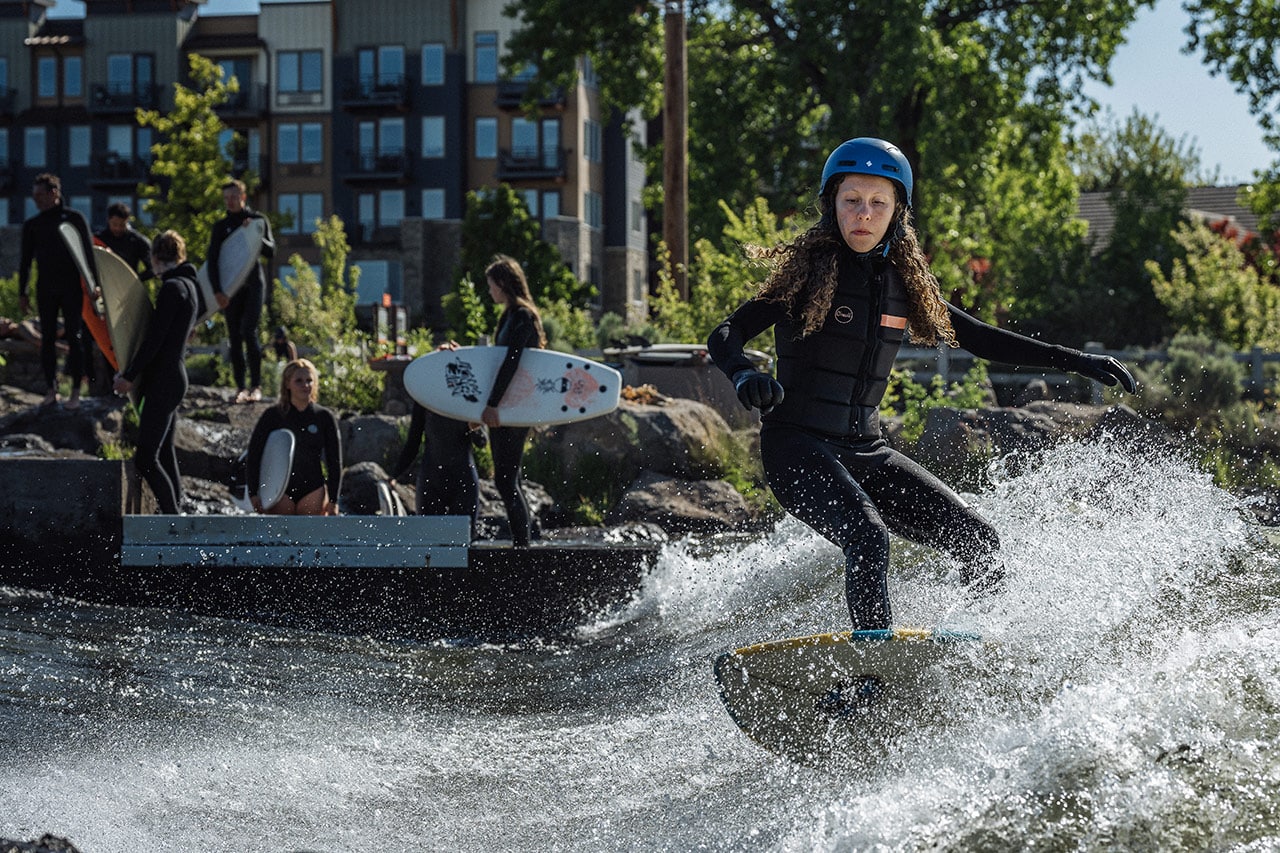
Aaron Smith knows a different experience, having surfed in Santa Cruz—a reef break known for its consistent waves and its localism—since he was 8 years old. At Steamer Lane, enforcers were known to keep the lineup in check, sometimes with a dose of grit. Living in Bend for more than 30 years, and an accomplished professional ski racer and cyclist, he questioned whether to introduce his 12-year-old daughter, Poppy, to surfing at the wave. That was six years ago, and the welcoming encouragement from the river surf community for his daughter contributed to Poppy’s love of surfing: “It’s different here,” Aaron said. Poppy calls him, “the ultimate Surf Dad.” Instead of enforcers, the Green Wave has teachers. It’s not uncommon to see Mr. Pipeline himself, Gerry Lopez, humbly lending a hand or offering tips to newcomers.
The minute you put on a wetsuit, you’re welcome as a surfer at a place engineered by wave shaper Ryan Richard, a river recreation specialist for Bend Park & Recreation District.
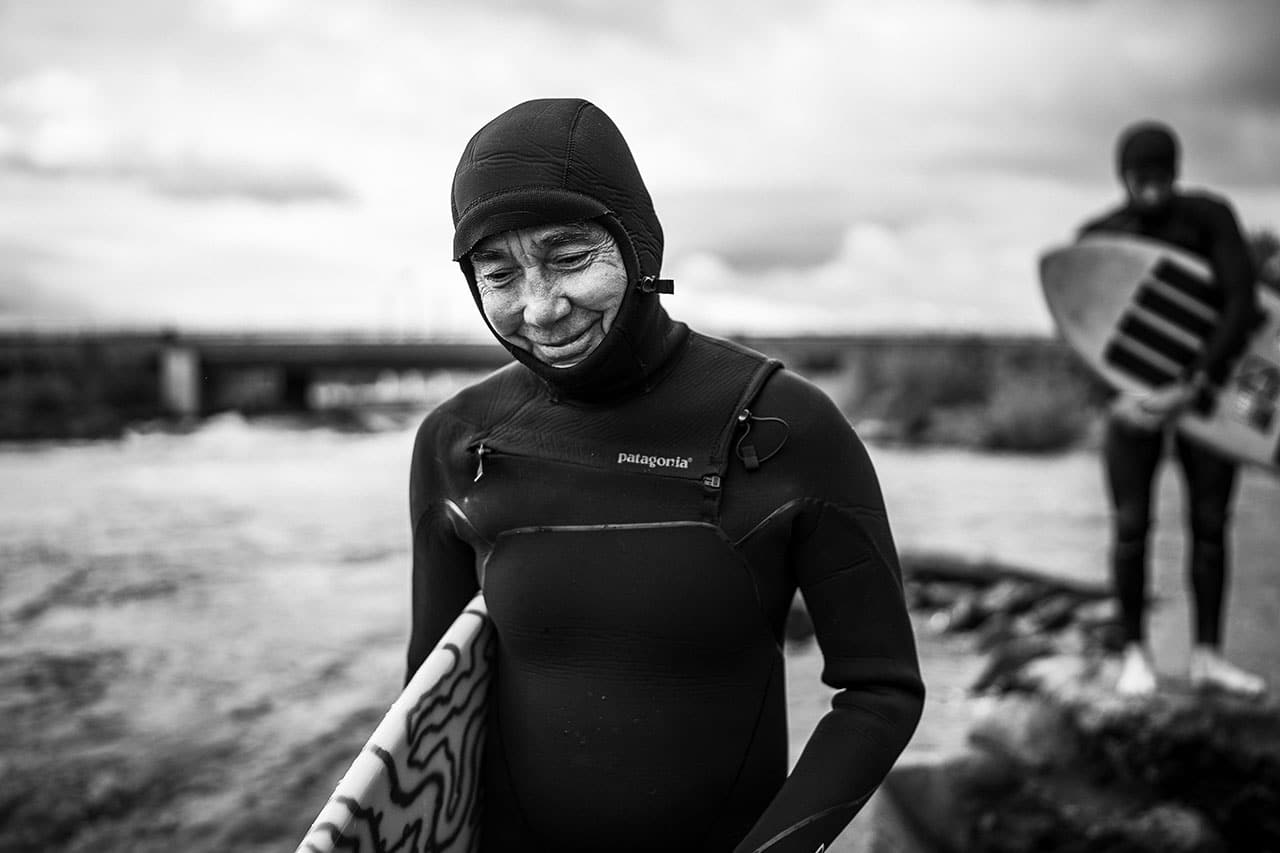
Engineered Stoke
Resembling Jason Momoa, Richard is a different kind of Aqua Man. He controls water levels at the Bend Whitewater Park’s three sections—a still-water habitat, the whitewater channel, and a fish ladder, referred to by some as the“kicks and giggles” lane for floaters. With the touch of a screen, Richard molds the surf waves of the whitewater channel remotely from an iPad, adjusting a series of 26 ramps and bladders positioned beneath the flowing water. At the top of the channel, Eddy’s Wave is the most complicated, with an interconnected structure below and frothy chaos above. Richard likens it to a “kayak rodeo hole,” with only skilled whitewater kayakers able to hold on for no more than a few seconds. Next down the channel, the Green Wave is named for the color of a foamless, consistent face of surfable water. At Jason’s Wave, below it, find kayakers, SUP riders or surfers who paddle in and pop up on a board. Each wave is technically a fish ladder, and surfers spending enough time on the water may see a fish swimming below them. But for Richard, his sights are on another species: the Oregon spotted frog, king of the river.
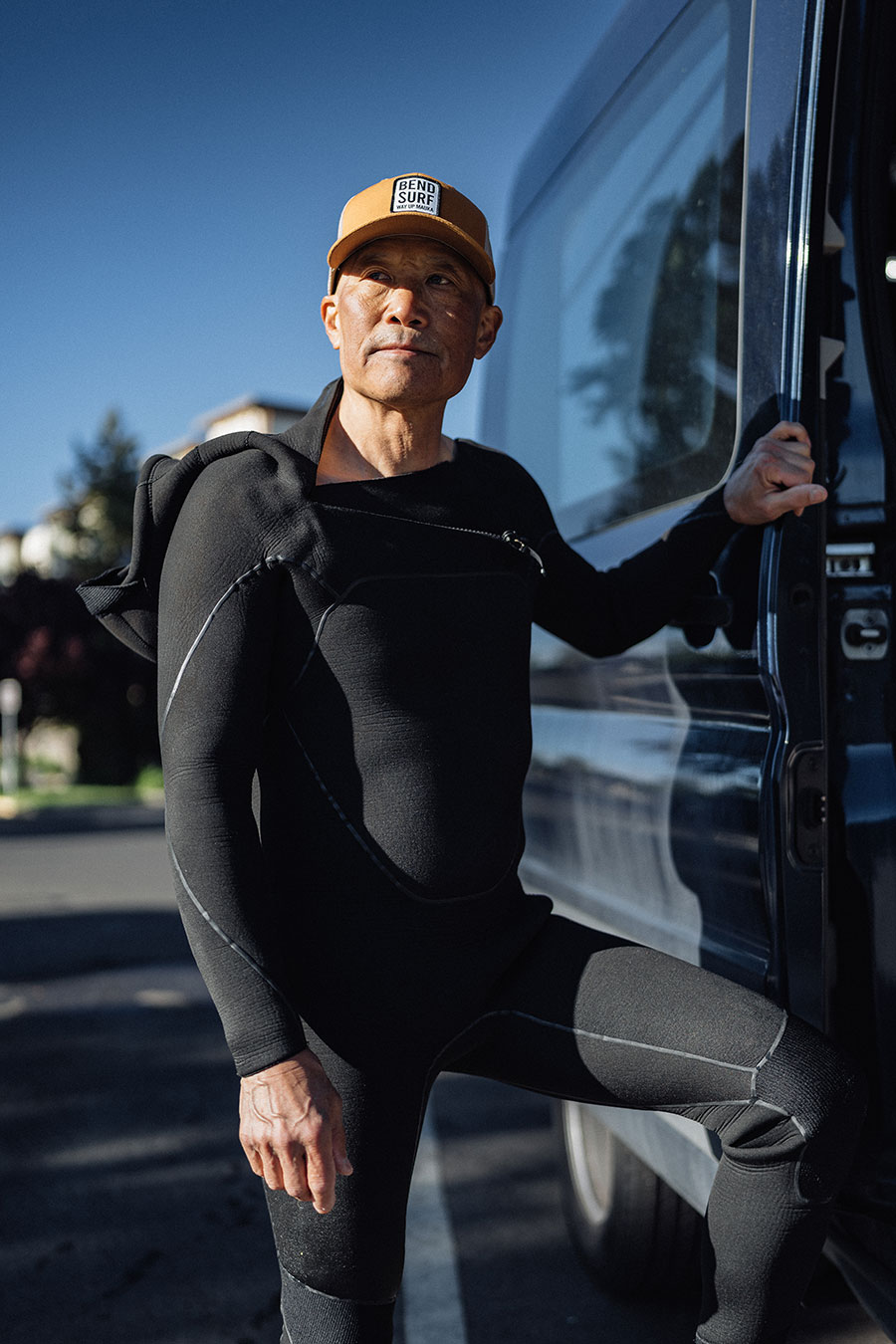
Richard is charged with keeping the water levels upstream of the Colorado Bridge optimal for the frogs to breed and rear their young. Once the levels are adjusted for the frogs, calls come in from the surfers describing a wave that may need to change: it might be foamy, crumbly or “boney”—a reference to lower water levels exposing ramp structure, a bed of stones or a particular chicken head-shaped rocky hazard below. Conversely, if the flow is strong enough, Richards may get a call to “put in the rib”—a combination of ramp angles that creates a spine in the wave and simulates a bowl.
With spotted frogs on one side of the equation and up to 250,000 floaters during peak summer months on the other, numbers on the Green Wave island can inflate on a summer day, too, with up to 20 surfers lining up for their water time.
A Tragic Turn
Yet, despite its welcoming name and increasing popularity, the Bend Whitewater Park is not without risk. Although masterfully engineered, the wave channel is still within a dynamic and unpredictable river. On April 30, 2022, the power of the water claimed the life of a beloved member of the surfing community. Ben Murphy, 17 years old, passed away while surfing the wave in an event that deeply affected the immediate and extended surf family. Some would never return to the sport, others paused for an extended time in reverence. A memorial on the surf island invokes his spirit, honors him and is seen by every passerby. Murphy’s life and memory bind the community in ways far beyond recreation.
Island Life
Mary Ann Kruz, age 72, has surfed most of her life and is a regular at the wave.
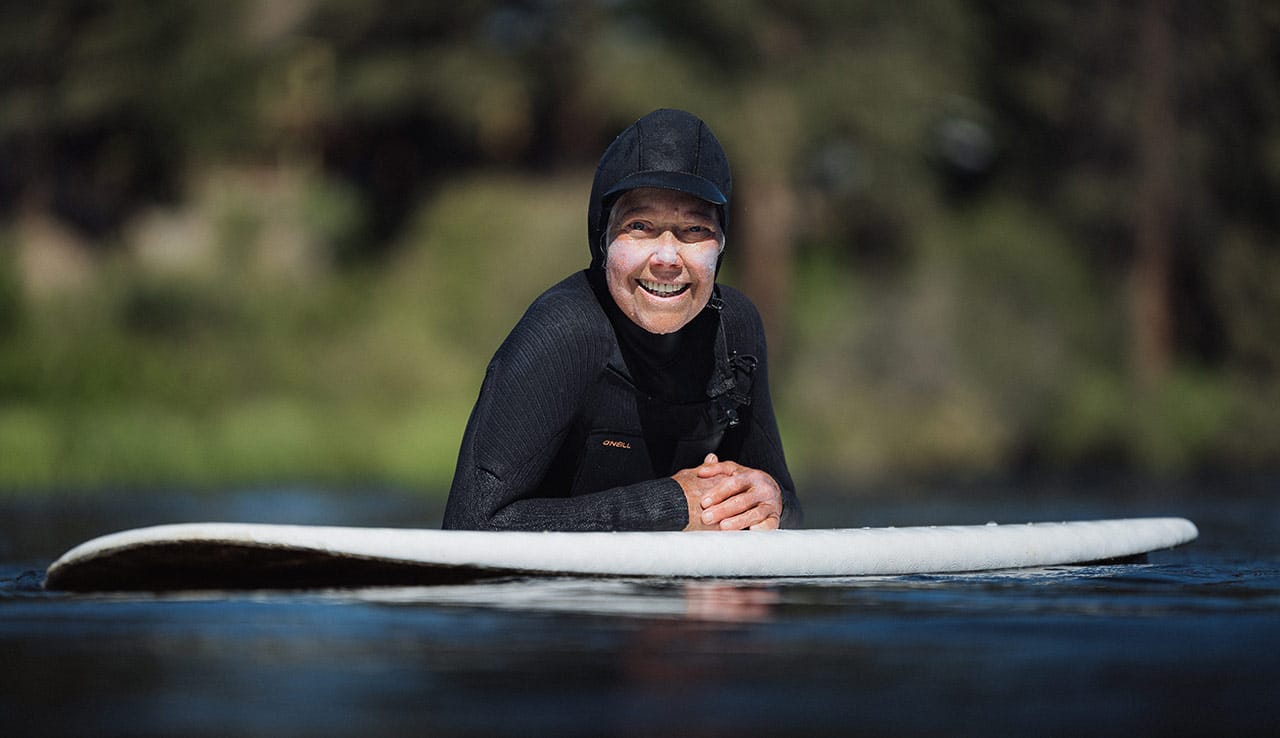
“The Green Wave community,” she said, “is one without barriers of economics, race, age or size.” This ethos carries over into the range of boards under the arm or feet of each rider. From bright pink foamies to custom-made river boards, any board is acceptable here. While traditional lengths are four to five feet, Allie Hofmann brings down her 7’6″ board—a length approaching the span of the wave itself. “At the basic level, it’s more about the rider than the board,” said Chun.
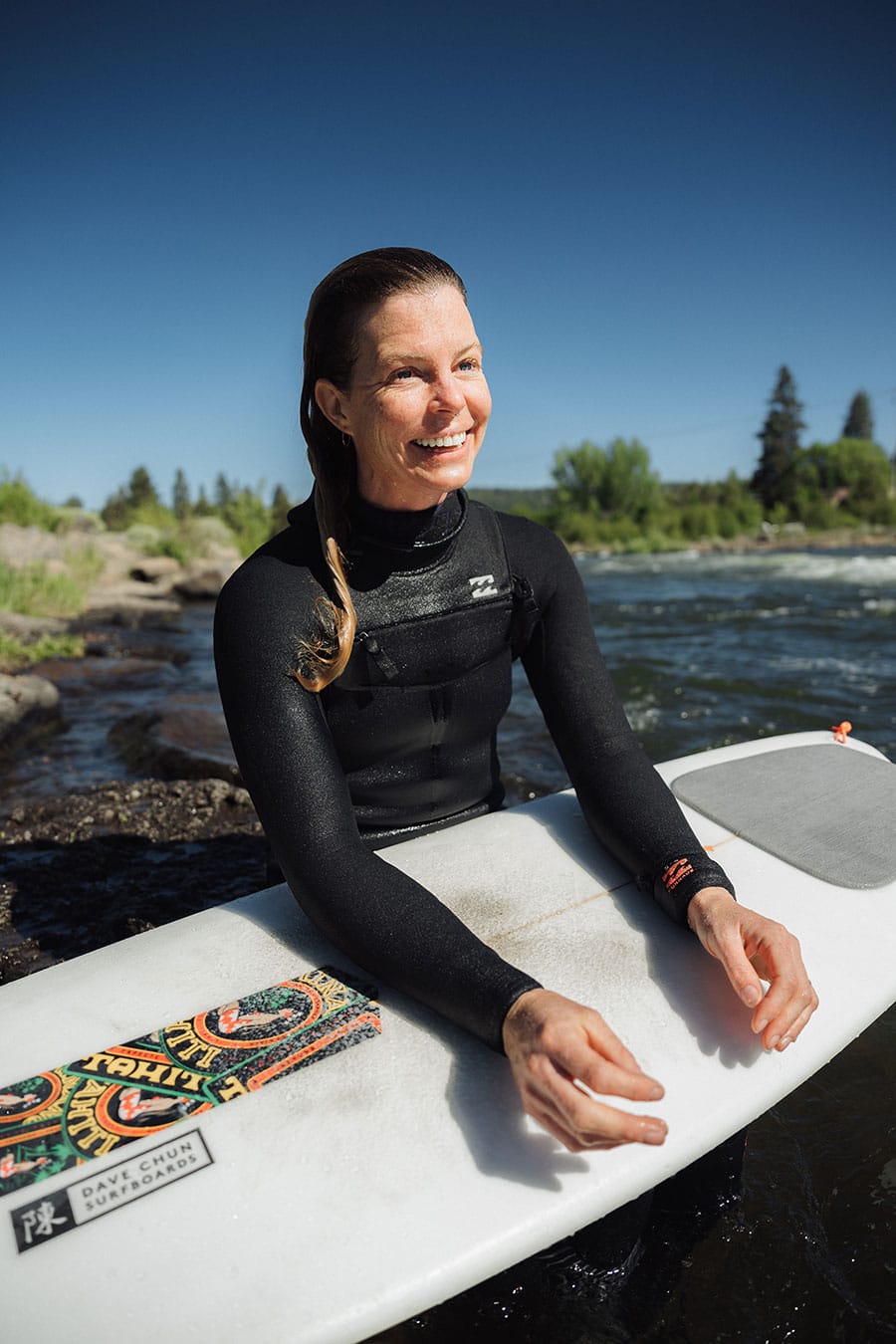
Riders start young. The newly founded Central Oregon Surf Team Association (COSTA) high school league will host its first competition at the wave August 17. Called “Grom Con,” it features not only traditional heats, but one designated for riders on anything not classified as a board. “It’s about having fun,” said Chip Conrad, founder of COSTA, explaining how the competition will draw students from Boise and Chelan to face off against Central Oregon surfers.
“Whatever state you’re in, this is the elixir,” said Hofmann. “You can’t help but be soothed by the molecules coming off the water. It’s calming. You have socializing, physical exertion and endorphins—it’s a recipe for joy,” she said. At the Green Wave, there’s always someone there to lend a hand, let you know where your board pops up, and of course to whoop and holler at your success. That’s community. “Having a good day? Surf,” she said. “Having a bad day? Surf. It makes everything better.”
